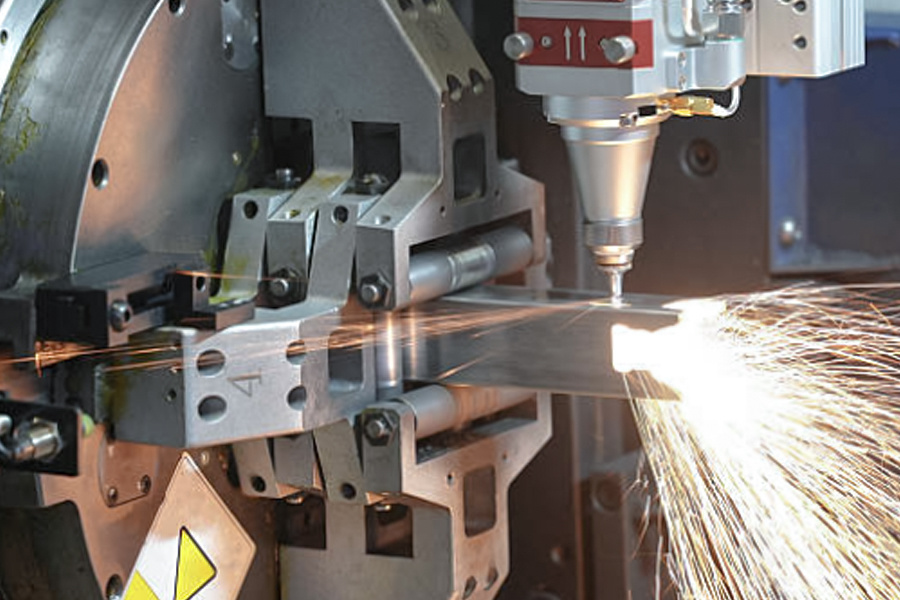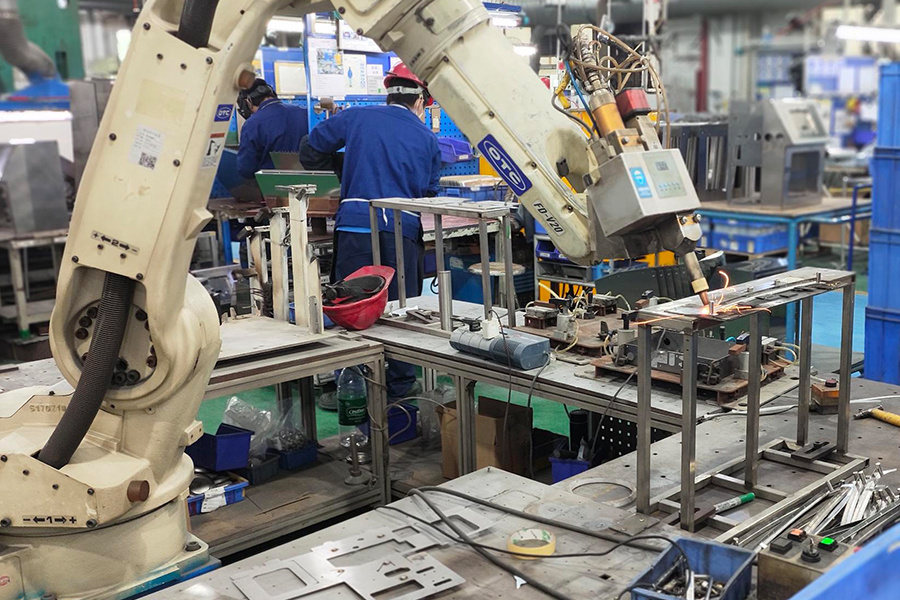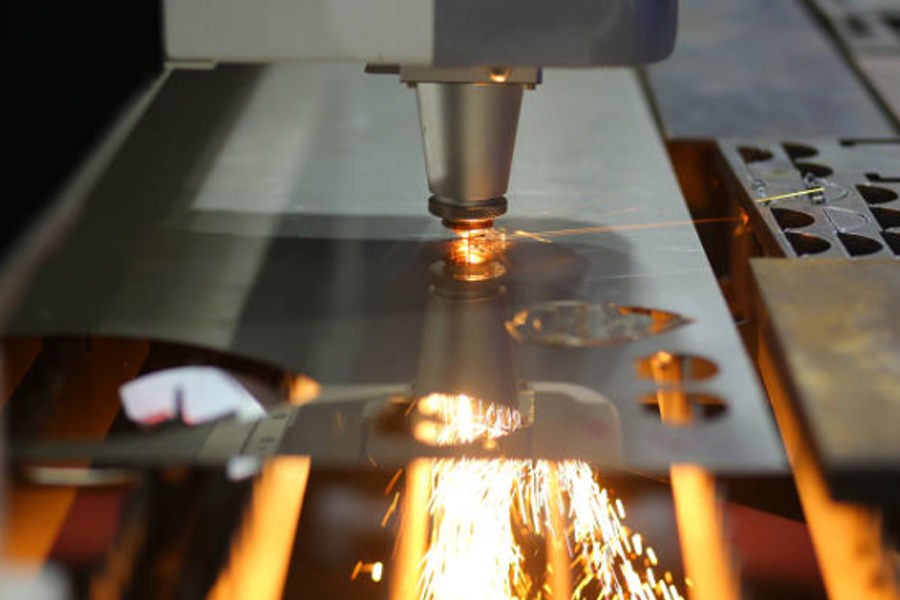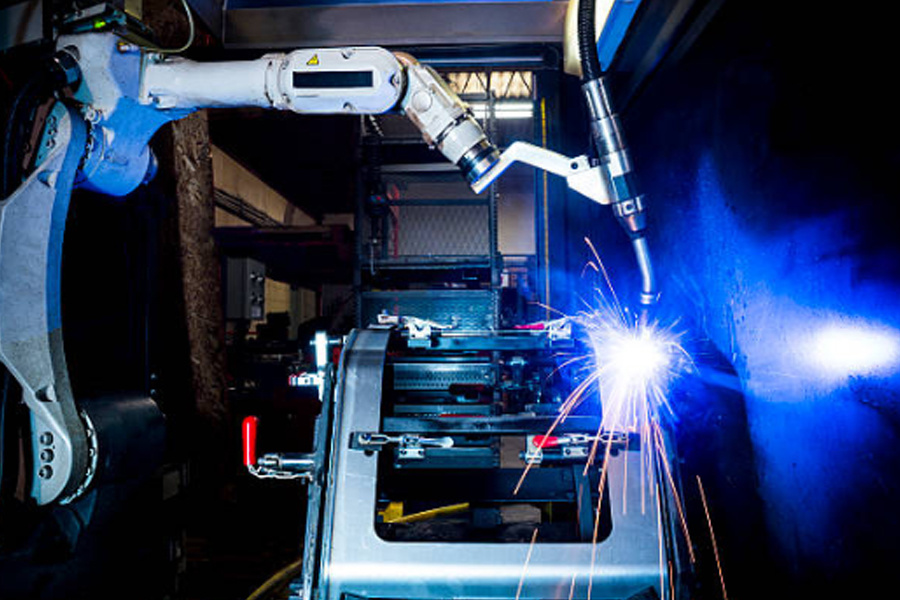20 Yr Expertise: Chuntian Precision Sheet Metal Solutions
Release time:
2025-05-08
Modern sheet metal processing integrates digital design and automated equipment to achieve efficient conversion. Its core value lies in precise cutting, multi-angle bending and deformation-free welding. The main materials are cold-rolled sheet, galvanized sheet and stainless steel, such as SPCC for home appliance housing, SECC for automobile chassis, and SUS304 for medical equipment and food machinery.
As the core technology in the field of metal manufacturing, sheet metal processing realizes efficient transformation from basic components to complex structures through cold processing technology of metal sheets. Its core value lies in converting metal sheets into high-precision and high-strength industrial components through shearing, punching, folding, welding and other processes, which are widely used in machinery manufacturing, automobiles, electronics and other fields. With the iteration of technology, modern sheet metal processing integrates digital design and automation equipment, which not only improves efficiency, but also puts forward higher requirements on process accuracy and material selection.

Core process and technological breakthrough of sheet metal processing
The core process of sheet metal processing covers four major links: blanking, bending, welding and surface treatment. In the blanking link, laser cutting technology realizes precise cutting of complex shapes through high-energy density beams. Compared with traditional stamping processes, its incision smoothness and material utilization rate are significantly improved. The bending process relies on the multi-axis linkage technology of CNC bending machines, and realizes multi-angle and high-precision bending and forming through preset parameters. Especially when processing high-strength steel, the error can be controlled within 0.1 mm by optimizing the bending radius and rebound compensation algorithm.
Welding is a key process, and the current mainstream technologies include argon arc welding, spot welding and laser welding. Argon arc welding is suitable for the precise connection of materials such as stainless steel. By controlling the welding current and gas protection, oxidation and pore defects can be avoided; laser welding, with its high energy concentration characteristics, can achieve deformation-free welding of thin plate materials, and is widely used in the manufacturing of new energy vehicle battery shells. The surface treatment link improves the corrosion resistance and appearance quality of sheet metal parts through electroplating, spraying and other processes. For example, the surface treatment of galvanized sheet can extend the salt spray test time to more than 500 hours.
Deep correlation between material selection and industry application
The material selection of sheet metal processing directly affects the performance of the final product. Cold rolled sheet (SPCC) is widely used in home appliance housings and ordinary structural parts due to its easy forming and low cost characteristics; galvanized sheet (SECC) has become the first choice for automobile chassis and electronic equipment cabinets due to its excellent corrosion resistance; stainless steel (SUS304) has an advantage in the fields of medical equipment and food machinery due to its high corrosion resistance and aesthetics. In recent years, the trend of lightweighting has promoted the application of aluminum alloys (such as the 6061 series) in the automotive and aerospace fields. Its density is only one-third of that of steel, while maintaining high strength.
At the industry application level, sheet metal processing presents diversified characteristics. In the field of mechanical manufacturing, precision sheet metal parts are used for industrial robot joints and automation equipment frames; in the automotive industry, the processing accuracy of body structural parts and new energy battery shells is required to reach the micron level; the electronic communication field relies on high-precision sheet metal parts to achieve efficient design of 5G base station cooling modules.

Industry trends and technological innovation directions
The current sheet metal processing industry is undergoing a dual transformation of intelligence and greening. In terms of digital design, the seamless connection between 3D modeling software (such as SolidWorks) and CNC equipment has realized the digital control of the entire process from drawings to finished products, shortening the R&D cycle by 30%. Industrial robots and Internet of Things technologies are introduced on the production side, and real-time monitoring of equipment status and intelligent analysis of production data are realized through the MES system. For example, the application of welding robots has increased the yield rate to more than 99%.
In terms of environmental protection, the popularization of water-based paint and powder spraying technology has reduced VOCs (volatile organic compounds) emissions by more than 70%, which meets national environmental protection standards. At the same time, the energy-saving design of laser cutting and CNC bending equipment has reduced unit energy consumption by 15%-20%, promoting the industry's transformation to low-carbon production.
As the cornerstone of the manufacturing industry, the technological evolution of sheet metal processing has always been synchronized with industrial development. With 20 years of industry accumulation, Chuntian Machinery has formed a full-chain service capability from design to mass production in the field of precision sheet metal, and has achieved international production capacity configuration through the layout of the Thai branch. In the future, with the deepening application of intelligent and green technologies, sheet metal processing will continue to promote product innovation and efficiency improvement in various industries, and become the core link between materials science and industrial manufacturing.
FAQ
Q1: How to control deformation problems in sheet metal processing?
A1: Deformation control needs to start from both process design and processing parameters. For example, in the bending process, a springback compensation of 0.5%-1% is reserved, and a progressive bending process is adopted; during welding, the deformation can be controlled within 0.2 mm by optimizing the welding sequence and parameters and cooperating with rigid fixed tooling.
Q2: What are the precautions for different materials in sheet metal processing?
A2: In stainless steel processing, attention should be paid to tool wear. It is recommended to use carbide tools and cooling lubricants; aluminum alloy processing should avoid oxidation caused by high temperature, which can be optimized by adjusting the cutting speed and gas protection parameters.
Q3: How to choose the surface treatment process for sheet metal processing?
A3: It depends on the application scenario. Hot-dip galvanizing or powder spraying is preferred for outdoor equipment, and the corrosion resistance can reach more than 10 years; indoor decorative parts can be anodized or brushed, taking into account both beauty and wear resistance.
Key Words






